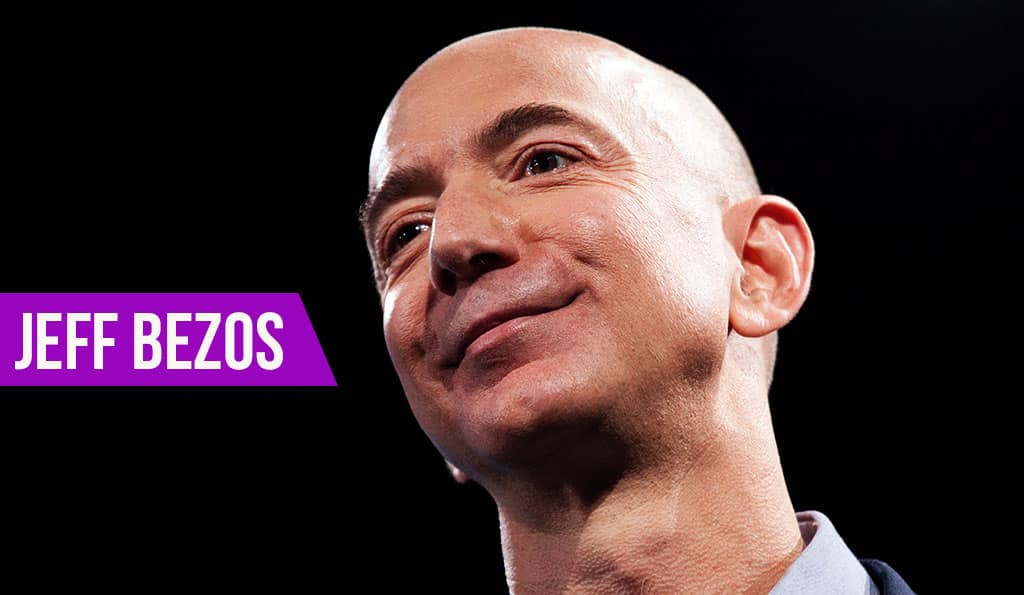5 Ways to Boost Employee Engagement in Light of Amazon’s Culture Controversy

The New York Times’ front-page exposé of Amazon’s company culture has stolen America’s attention, but I think CEO Jeff Bezos’ response to the situation is the most intriguing part of this media storm.
In the midst of a potential crisis, Bezos didn’t rely on high-level PR strategy sessions or leave a void for his employees to fill with whispers and gossip. Instead, he spoke candidly to his employees via an internal memo, trusting that he was speaking with competent adults who could handle the backlash.
Bezos tackled the situation head-on, and his decision to directly engage his employees sets an example that all leaders should follow.
The Role of Engagement
There’s a clear need for leaders to keep in touch with their employees and inform them of what’s happening across the company. In fact, businesses with engaged employees are up to 202 percent more successful than ones with disengaged workers.
Proper employee engagement includes responding to breaking news (such as a negative The New York Times article), revealing cultural initiatives such as events and outings, announcing product launches, and shedding light on new companywide strategies.
This information is vital to spread, but the tools and methods being used to circulate it often come up short.
Our Broken Communication Methods
Most companies typically use the following three methods to keep their employees informed. While each may have been more than efficient at one point in time, the workplace — and world — has evolved to make engaging though these mediums a much more difficult task.
- Email: Employees’ inboxes are cluttered and full of to-dos. Any effort to communicate through email can quickly get buried and go unread altogether among other responsibilities. There’s a reasonable chance that Bezos’ email was immediately read by his team — but less pressing, lower-profile messages can easily fall by the wayside.
- Intranet: Companywide intranet was once the big communication solution. But with so many employees on the go and working remotely, few are able to access it on a regular basis. These systems are often clunky and only available on-site, making them impractical for the modern employee.
- Social media: Employees’ social media feeds are packed with thousands of real-time posts from friends, other companies, and celebrities. It’s naive to think they’ll see your announcements just because they’re following your company’s official Twitter handle.
These three methods shouldn’t be thrown away. They’re still perfectly viable options — but only if they’re used properly. Our cluttered digital world makes it especially difficult for leaders to be heard nowadays, but it’s certainly not impossible.
Boosting Employee Engagement in the 21st Century
Employees who are informed become more engaged and, thus, more productive at their jobs. But given the above challenges, how can leaders effectively cut through the noise and grab employees’ attention?
Here are five key strategies that will help you maximize engagement through your companywide communication efforts:
- Make it convenient.Your employees are on the go. They don’t have time to shoulder additional tasks, so it’s key to make your messages quick and to the point. Deliver your memos to their pockets, purses, or even their wrists so they’re available on demand, and keep them simple enough to read in one click.
- Make it relevant. Not every message you send will be relevant to every single employee. Just like an external marketing strategy, be honest, genuine, and relevant, and keep all communications organized, targeted, and personalized. The content you send needs to directly appeal to the recipients and help them do their jobs better.
- Make it interesting. Don’t just send boring press releases; even your most enthusiastic employees will tune out. Inject some personality and energy to inspire them to become engaged. Given that 50 percent of the online population between the ages of 18 and 44 play social games every day, try gamifying the process by offering badges and prizes when employees engage.
- Encourage community. Remember: You’re a team.Demonstrate that your company is open to new ideas and collaboration, and urge your employees to discuss things among themselves. Use your communications to instill pride and happiness in your employees. This will also bring increased productivity, a stronger sense of teamwork, and a company culture of empowerment that will spread to every aspect of your organization.
- Showcase great work. Occasionally, use your communications to show off. When you recognize a job well done, you boost morale for high performers and show your lower performers what to shoot for. Everyone likes a pat on the back every now and then; a public one in a companywide email will provide great motivation.
Don’t wait for a PR nightmare to hit before you revamp your communication methods to focus on employee engagement. If you work hard to meet your team where they are right now, you’ll discover the holy grail: engaged, connected employees who love their company enough to tell the world about it.
[Russ Fradin, founder and CEO of Dynamic Signal]
Bring the best of the CEOWORLD magazine's global journalism to audiences in the United States and around the world. - Add CEOWORLD magazine to your Google News feed.
Follow CEOWORLD magazine headlines on: Google News, LinkedIn, Twitter, and Facebook.
Copyright 2025 The CEOWORLD magazine. All rights reserved. This material (and any extract from it) must not be copied, redistributed or placed on any website, without CEOWORLD magazine' prior written consent. For media queries, please contact: info@ceoworld.biz









